- 4 Aktuální žádosti o pomoc Poraďte svým kolegům
- Požádejte o pomoc
- Podejte dotaz do fóra
- Vložit hotový případ
- LOG Decoder
Žádost o pomoc
Žádost o pomoc vyplňte, pokud máte rozpracovaný diagnostický případ na konkrétním vozidle, u kterého potřebujete pomoci zjistit skutečnou příčinu závady.
Pro naše nekonvenční metody je nutný základ znalostí a mít vlastní vybavení minimálně pro "logování", lépe však osciloskop. Nejlepší přípravou pro práci jsou naše videoškolení a akademie.
Jak to funguje?
Do online formuláře v jednotlivých krocích vyplníte všechny důležité údaje k případu a poté Vám ostatní registrovaní diagnostici poradí v komentářích*.
Supervizor a moderátoři FCD.eu samozřejmě vše doplňují a kontrolují správnost informací, aby cesta vedla ke správnému cíli.
Požádat o pomocDiagnostický případ
The DPF filter isn't leaking, but has frequent regenerations
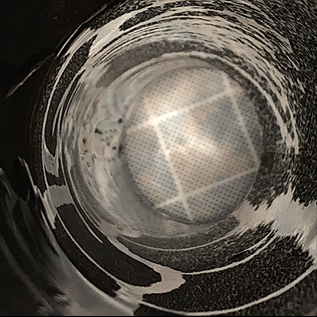
Informace o vozidle
| VIN: | WDD2462001N027522 |
| Výrobce: | Mercedes-Benz |
| Model: | B-Class |
| Rok výroby: | 2013 |
| Kód motoru: | 1,8 B180 CDI BlueEFFICIENCY |
| Typ motoru: | |
| Výkon (kW): | 80 kW |
| Převodovka: | Manuální |
| Palivo: | Diesel |
| Najeto: | 215 093 km |
Jak se závada projevuje
Nefunguje / funguje nesprávně. MIL ON. Otherwise, no restrictions or symptoms are noticeable.
Jak často se závada projevuje
- Trvale přítomná závada.
V jakém systému se závada vyskytuje
- Motoru.
- během jízdy
- [P2459] Particulate Filter Regeneration Frequency Bank 1
- trvalá závada
- sporadická závada
Doposud provedeno bez úspěchu
The previous workshop cleaned the DPF filter. Unfortunately, based on the visible white liquid drops, it was cleaned on the vehicle, in the direction of the exhaust flow, not in the opposite direction against the exhaust flow. We reject this method completely in the FCD Garage. We have seen hundreds of cases in the past where this method has permanently damaged the filter, and this case is no exception.Závěr
VOZIDLO JSEM OPRAVILRepaired by repeated cleaning of the filter using the method offered by ADVANPURE.
The DPF filter was cleaned again using the ADVANPURE method where low-frequency pulses of hot air (650 °C) are applied in the reverse direction of exhaust flow to the removed DPF filter. This cleaning method removed 40g of contaminants and the backpressure was reduced from 11 mbar to 2 mbar. Now the Mercedes calculates the flter saturation level slower. Lets hope that it isn't damaged so much that it cannot be used for at least another 100.000 km
Comments (before repair):
Most probably the DPF filter wasn't removed from the vehicle for correct cleaning (in the opposite direction of exhaust gas flow) but instead was cleaned on the vehicle. All the signs lead us to believe that the filter was cleaned on the vehicle by spraying chemicals into the DPF filter. Most probably, the vehicle was driven straight away (based on the tear drop-like marks on the outside of the filter). This procedure is ineffective and, more importantly, very risky because the undried liquid will increase its volume by about 1600 times when it begins to evaporate. The evaporating liquid expands so much inside the filter that it often damages the fragile filter body with microcracks.
However, the filter suffered other irreversible damage. A crust of chemical residue and dissolved ash remained in the micropores. This has the so-called "final oxidation form," with the chemicals in the ceramic's pores. Baking hardened this mixture and created a coating inside the filter's microstructure.
From experience, we judge that this unprofessional treatment permanently changes the flow rate of the diesel particulate filter (90% of such chemically contaminated DPFs can never be cleaned by heat or liquid). Due to the higher pressure, which the control unit interprets as its premature and too rapid saturation with soot, the emission warning light will repeatedly come on with this filter. The filter is very likely irreversibly damaged and there is no option but to replace it.
Obrázky, fotografie a soubory
Chemical traces (17320/1)
The white liquid staining of the outer filter body indicates that the filter was cleaned on the vehicle using an ineffective and, most importantly, very dangerous method for the DPF (risk of permanent damage to the DPF). A chemical solution is sprayed through the hole before the DPF and left to act for a while. Afterwards, the engine is started, and usually, the filter is "flushed" with another chemical solution. Finally, the vehicle is taken for a test drive to warm up, enabling the dissolved deposits to evaporate. (This method is technical nonsense. The sale of this product/method should be banned.)So far the filter shows no signs of leaking (17320/2)
By looking into the exhaust tailpipe, we can't confirm if the filter is permanently damaged due to cracked filter ceramics. So maybe it's just a matter of time before the tailpipe becomes fouled with soot.The chemicals usually partially clog the pores of the DPF filter, and the high exhaust back pressure damages the filter. In addition, the MIL light is ON because the exhaust gas flow has high resistance under driving conditions.
First intial log recording – Meaningless and unrelevant values (17320/6)
A look at the first graphs revealed, besides the meaningless displayed CALCULATED value of the particulate filter saturation at 149% (this is physically impossible when the differential pressure is low), the soot volume of 0.94 g (also meaningless in relation to the percentages), the mileage between regenerations of 1,178 km (also meaningless), and the total mileage at 15,136 km (also meaningless). However, we don't know if someone has tampered with the engine ECU data.Log recording after registering the DPF filter replacement (17320/7)
Because the 1st Log recording showed relatively low-pressure values under all load conditions, we applied the re-learn function to the DPF filter values (as if a new DPF filter had been installed). The system soot content % count started calculating the relevant values (0 %). If the value continues to rise at a similar fast rate to here, then the particulate filter will have to be removed and cleaned from the opposite direction. We will see if the cleaning procedure is going to be successful. Our experience tells us that filters clogged by chemicals are damaged permanently.Simple DPF saturation adaptation linearity test (17320/8)
If, in this test, with higher exhaust flow but without load, the soot saturation rises more steeply than at lower rpm. Then there is a higher risk that the engine ECU won't be able to interpret a DPF filter "cleaned" by this method.More in-depth test to verify DPF compatibility with ECU software (17320/9)
Because someone cleaned the filter without disassembly, we need to check with a specific Log whether the chemicals have not remained in the pores of the DPF ceramics after drying and haven't changed the resistance characteristics of the exhaust gas flow.1) High RPM phase at low load (driving mostly downhill at higher RPM). The shift indicator shows to shift 6th gear, but we are in 3rd gear. In this mode, the soot "buildup" calculation calculates an unwanted INCREASE. The engines don't smoke in this mode (fuel consumption shows from 1 L/100 km to 3 L/100 km). And the fact that they don't smoke is demonstrated not only by city driving (3), but also by the idling phases before, during and after the test, when the value of backpressure at idle doesn't rise dramatically.
2) Low RPM phase on the highway at medium to lower load (speed of approx. 90 to 100 km in 6th gear at 1200 to 1500 rpm). Soot saturation calculations in the filter rise too steeply. The exhaust flow is higher in this mode because the turbo is boosting (showing higher airflow), and the exhaust gas flow is also more intense. The resistance recorded by the differential pressure sensor and the measured pressure is too high.
3) In the "City" phase, with numerous starts and slower driving without longer turbo engagement, the engine is often at idling or medium RPM. The load is normal to medium. The soot saturation calculation doesn't change; it even drops at low RPM after a few idle phases at the same steep slope as it increases at higher RPM or under load. So, the idling phase implies that the filter isn't saturated, while the higher RPM and load imply it is.
The downward curve of the soot saturation calculation shows that it was calculated incorrectly in the previous stages, "higher value compared to the actual". The dashed line below shows the expected soot contamination value very approximately.
Log recording after regeneration and learning a new DPF filter (17320/13)
The soot saturation percentage calculated after 28 km of slow driving shows 10%. The back pressure is almost the same as before regeneration—from 0 to 10 bar in several test modes during idle, which must be done while driving. When accelerating with a clean (after regeneration) and newly learned filter, the differential pressure sensor gives a value of about 180 mbar, in the extreme (4700 rpm) 220 mbar. Mercedes doesn't like this and calculates the saturation level abnormally fast.Todays motorway test drive (downhill and mild uphill) after cold start (17320/17)
Yesterday, it seemed that the ECU wouldn't calculate the DPF soot saturation; today, the value started to increase again, although the differential pressure is not dramatic compared to other brands. This is because the DPF body is oversized for a 1.6 CDi engine. The calculation from the pressure values probably takes into account the size of the DPF body.The DPF filter "cleaned" by the previous workshop (17320/19)
Cleaning on the vehicle should be forbidden under a severe penalty for the mechanic.After cleaning using a method provided by Advanpure (17320/22)
The chemically contaminated DPF filter was cleaned by 650 °C hot low-frequency pressure shocks in the opposite direction of the exhaust gas flow. This method removed 40 g (!!!) of contaminants out of the filter and the differential backpressure at idle dropped from 11 mbar to 2 mbar. The test drive with a Log recording confirmed that the filter is now largely cleaned, and if it wasn't for the damage caused by the previous incorrect procedure, it could have continued to work on the car without any fault code activating.Photo from the rear side after the flter was cleaned (17320/23)
The chemicals have been removed from the filter, but there are cases where thorough cleaning is impossible.After cleaning by ADVANPURE – gradually increasing DPF filter saturation (17320/25)
Currently, the car can travel 500 km between regenerations.Log recording after thorough cleaning with ADVANPURE procedure (17320/27)
290 km = 2.7 g = 47% soot saturation (before regeneration)The controller algorithm calculates the saturation gradually without jumping up or down.
Soubory ke stažení
-
xlsxThe first initial log recording (17320/3).xlsx The log contains several irrational values. However, the unburnable ash content is zero. So, whoever cleaned the filter in this unprofessional way committed another unprofessional mistake by resetting the "ash" value. In this case, a fully flowing filter would have to be installed like a new filter (OEM filter values).Stáhnout soubor
-
pdfDTC memory readout (17320/4).pdf Most faults were stored during the previous battery discharge and are, therefore, unrelated to the fault. The only related fault is "too frequent regenerations", for which the vehicle is now being investigated more deeply in the FCD garage.Stáhnout soubor
-
xlsxLog recording after a new filter was learnt (17320/5).xlsx Some values are already relevant (e.g., soot content), but some still don't make sense (kilometres travelled since the last regeneration or the last ash learning value). The log was carried out to determine whether the actual resistance to the exhaust gases of the cleaned original DPF corresponds to the values of a new OEM filter.Stáhnout soubor
-
xlsxLog with varying loads and RPM (17320/10).xlsx Long Log recording with 3 long sections (high RPM, low RPM and motorway at medium to lower load at 90 - 100 km/h; city)Stáhnout soubor
Log demonstrates increased resistance at higher exhaust flow = indication of "chemically contaminated DPF". -
xlsxForced service regeneration (17320/11).xlsx The regeneration Log lasted 45 minutes (too long), and the ECU wasn't happy with the pressure. After regeneration and a short test drive, the ECU calculated the saturation value at 178%, which is the same value as when the vehicle was received for repair.Stáhnout soubor
The filter doesn't contain soot; it just applies a lot of resistance due to chemical contamination. The ECU "thinks" that the soot saturation is high based on the steep differential pressure characteristic. -
xlsxNormal test drive after regeneration and learning a new DPF (17320/12).xlsx The soot buildup is rising too steeply. The filter's pores are very likely clogged with a coating generated by the use of chemicals and by the residues of ash and soot. Around 28 km of everyday slow driving adds 10% filter saturation, which is too much.Stáhnout soubor
-
xlsxFCD Logger (wide EOBD LOG) (17320/14).xlsx Other values for the turbocharger, common rail fuel system, airflow sensor, and air flap are shown here. Given the age and mileage, all appear to be working within normal limits.Stáhnout soubor
-
xlsxMotorway test drive after cold start (17320/16).xlsx Although the DPF saturation level didn't appear to be increasing on the Class I road, the saturation counter again started with a steeper soot contamination calculation curve on the motorway.Stáhnout soubor
-
xlsxRecording after DPF cleaning at ADVANPURE (17320/21).xlsx Here is a recording after the DPF flter was cleaned by ADVANPURE using a method with counter cleaning with pressure waves with a temperature of 650 °C.Stáhnout soubor
This recording indicates that the filter pores have been partially cleaned and will hopefully still work on the vehicle without fault codes. -
xlsxSecond test drive after cleaning by Advapure - motorway (17320/24).xlsx The control unit calculates the increase in DPF filter soot build-up more gradually. After 232 km since regeneration, there is 3.3 g of soot in the filter.Stáhnout soubor
-
xlsxLog recording after repair and at 290 km after regeneration (17320/26).xlsx Cleaning the DPF filter using the ADVANPURE procedure helped. The soot build-up counter is more gradual.Stáhnout soubor




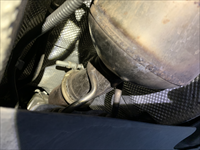
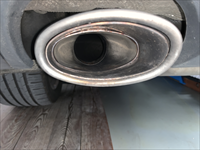






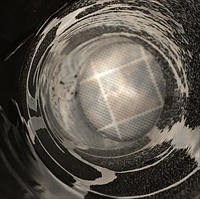

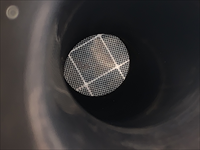



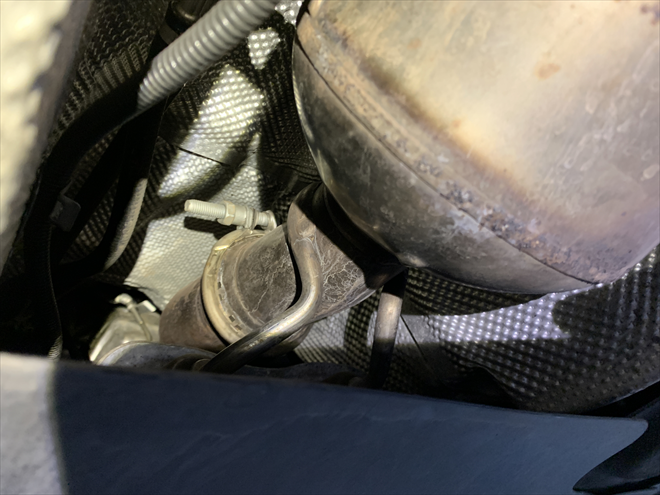
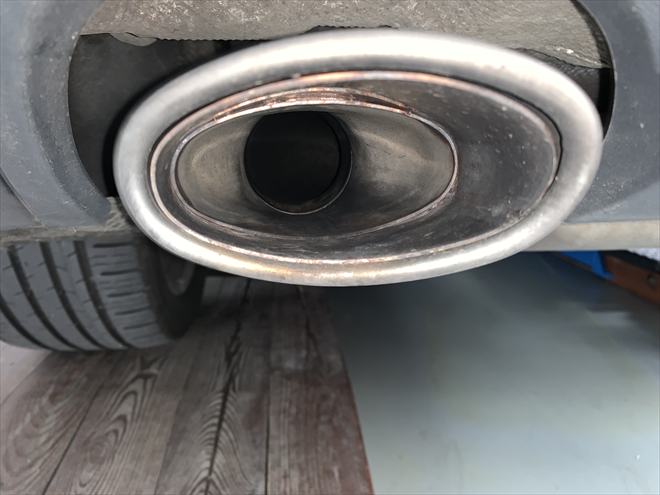
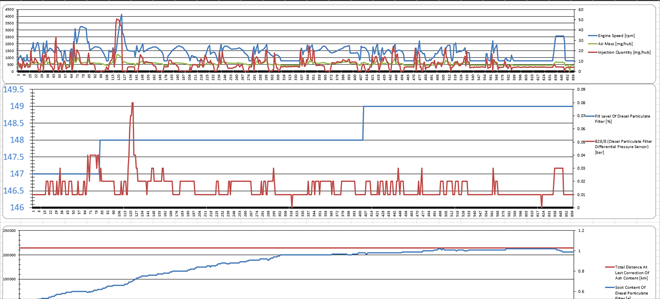
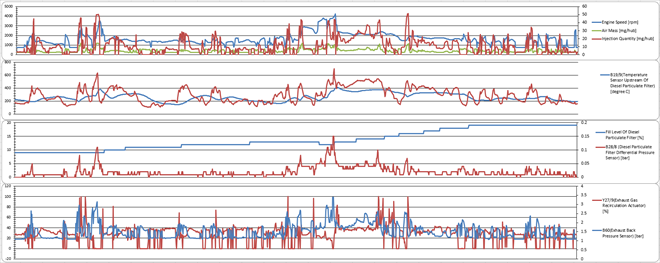
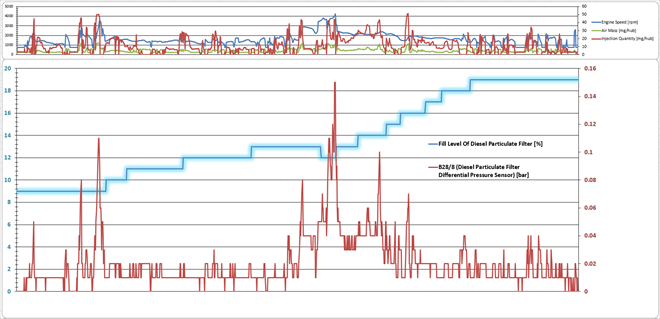
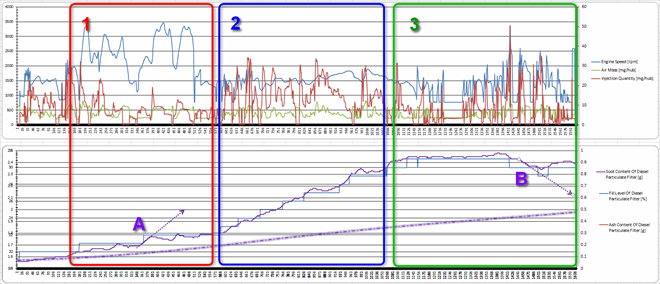
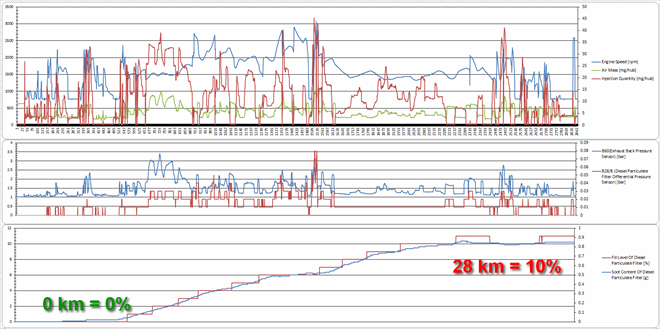
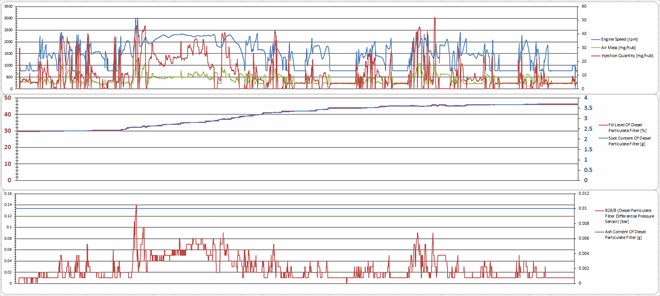
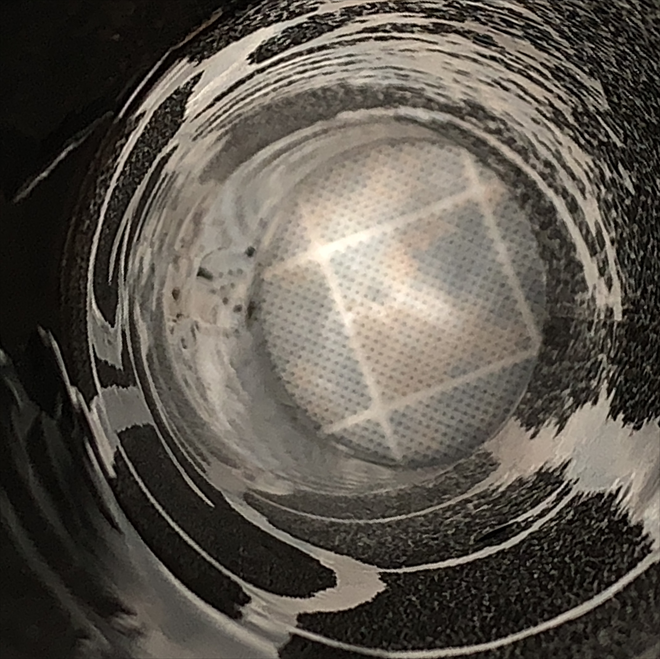
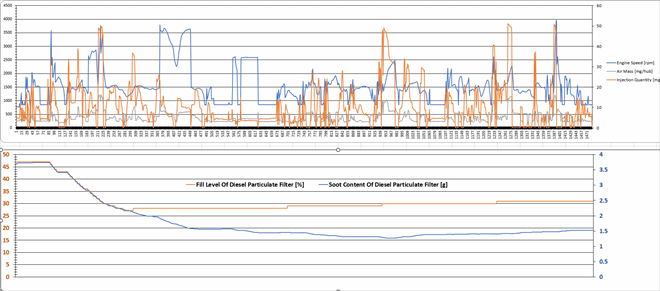
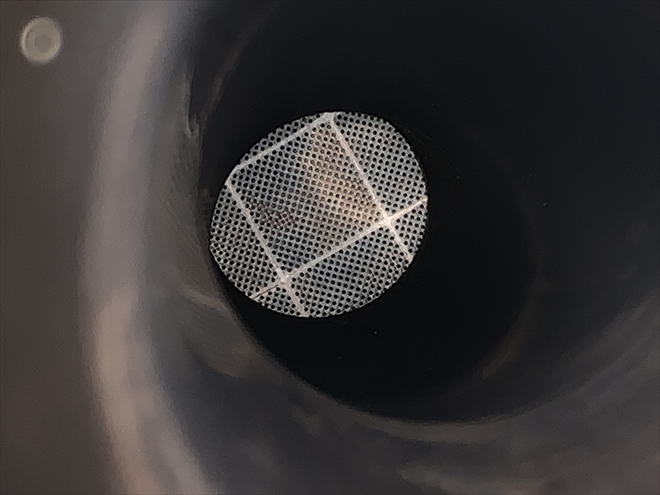
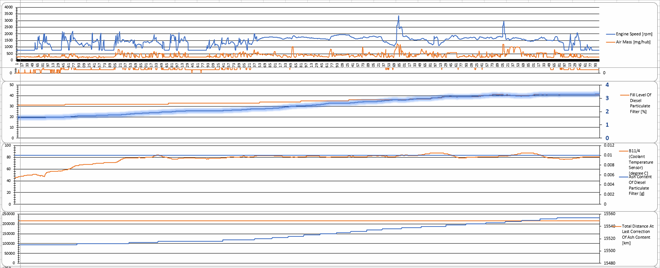
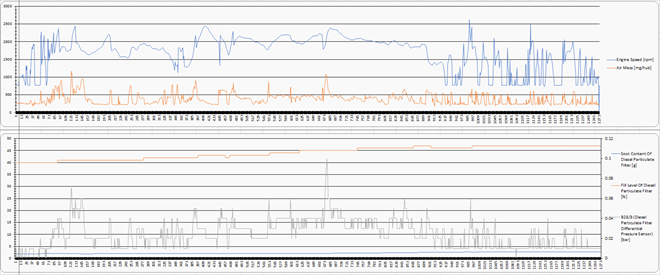
Komentáře (0)